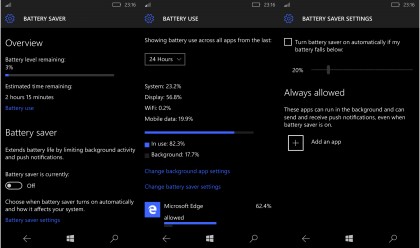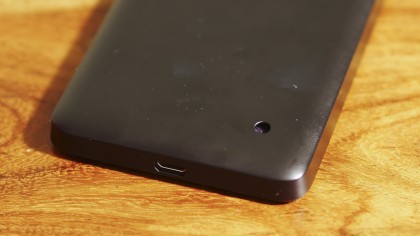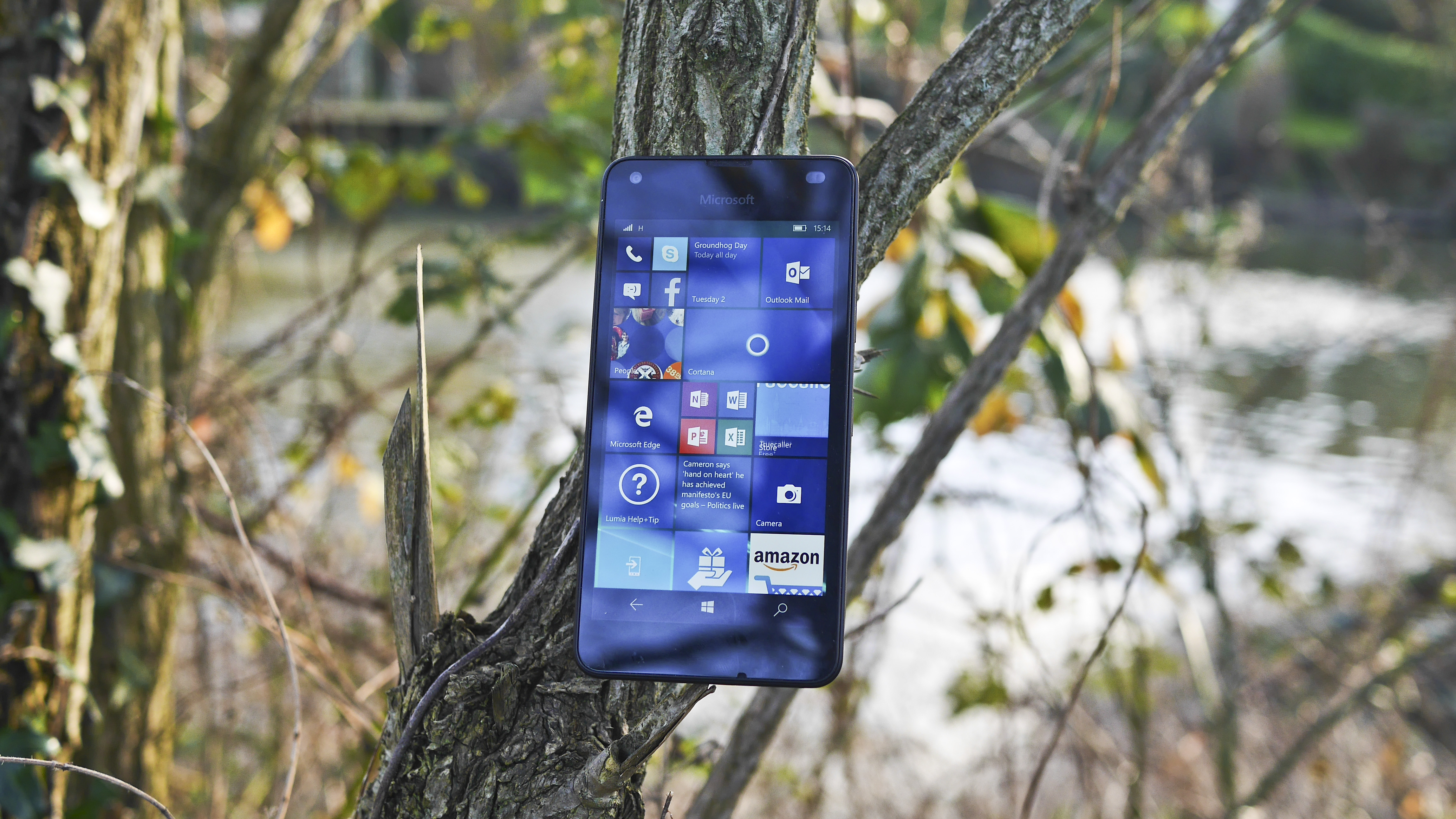Why you can trust TechRadar
Like Windows Phone before it, Windows 10 Mobile is an exceptionally resource-efficient operating system, which makes for mostly smooth performance, no matter the device specification, due in part to significant processor optimisations on Microsoft's part.
Despite this, the decision to use a Snapdragon 210, clocked at 1.1GHz, in the Lumia 550 comes as something of a surprise. Recent low-end Lumias, such as the 630 and the more recent Lumia 640, have tended to use more powerful chips.
In general use browsing through the user interface is mostly lag-free, although this is something of an illusion generated by omnipresent animations.

When it comes to opening and closing apps, the chip quickly reveals its limitations. Though backed up by a healthy 1GB of RAM, moving from app to app could be quite slow on occasions, and I found that the Lumia 550 struggled with almost any game.
Predictably, higher-end titles such as Asphalt 8 run at barely playable frame rates, but again this isn't a device built for intensive mobile gaming. However, when titles such as Crossy Road and Timberman begin to lag, then you know you have a problem.
As such, performance on the Lumia 550 is something of a low point for the device overall, which is unfortunate given the relative strength of the handset in other areas.
Another issue to note is that although the 550 has 8GB of built-in storage, only 3GB of this is available to the user, making a Micro-SD card an absolute necessity for most.
Battery life
With a 2100mAh unit powering the Microsoft Lumia 550 I didn't have high hopes for the battery life of the device, and my suspicions proved to be well founded.
Thanks to its combination of such a small battery and a (relatively) power-hungry HD display, I found that the handset needed charging up to three times a day during intensive periods of use.
Moreover standby time, previously a high point of the Windows Phone ecosystem in general, was also disappointing, with the device losing at least 40% of its charge over most nights. This is certainly not up to the high standards set by the likes of the Moto X Play.

At least a reasonably fully-featured battery management app is provided. This enables you to see which programs are consuming the most power, and also offers a battery saver mode, which limits connectivity to eke out a little extra juice when you really need it.
And ultimately the Lumia 550's battery is replaceable, enabling users to 'hot-swap' in a fully-charged unit should they have one available.
Speakers
Typically, more expensive handsets will come with various new or exclusive features to make them stand out from the competition. Budget devices come with only one real distinguishing factor: price.
As such, any feature that's included beyond the bare minimum is worthy of note, and the Lumia 550 has one such high point: the rear-firing speaker.
Typically, stellar audio reproduction is not a priority for phone manufacturers; even HTC, with its vaunted BoomSound speakers found on the likes of the One M9, has opted to dial back its efforts in this area.
The Lumia 550, pleasingly, manages to far outperform its price point in this area.

As someone who enjoys a little impromptu shower karaoke ('Firework' by Katy Perry, if you must ask), it's crucial that whatever speaker I use for my backing track must be able to be heard above the running water – and the Lumia 550 succeeded with aplomb.
In quieter environments I found that high and low tones were quite faithfully reproduced. While it's not likely to impress the devoted audiophile, the 550 is nonetheless a very capable performer for the price.
Sean is a Scottish technology journalist who's written for the likes of T3, Trusted Reviews, TechAdvisor and Expert Reviews.
